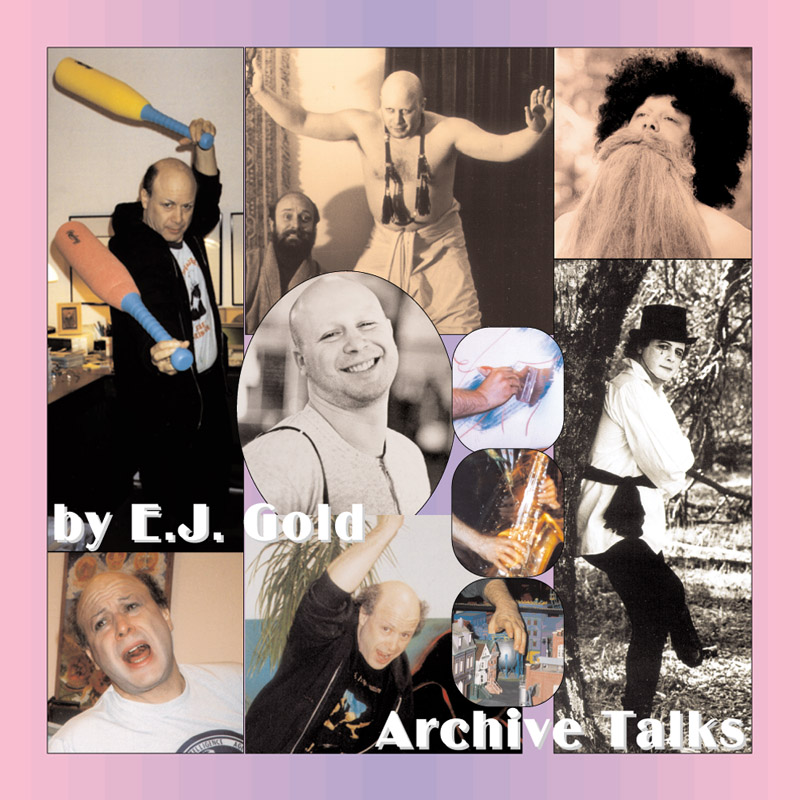

CDT339
Intro to Remedial Attention
Synopsis
The talk meanders through a range of topics, touching on personal anecdotes and larger themes. The speaker recounts their experiences managing music clubs in New York, dealing with licensing and law enforcement, and fostering an unplugged music scene. There's a deep dive into attention training, remedial learning, and how structured exercises can cultivate mental focus. The speaker brings in elements of personal history, philosophy, music performance, and even jewelry-making to illustrate their points.
Summary
The speaker begins with a recollection of running clubs in New York, including the challenges of doing so without a cabaret license and the necessity of paying off police and fire officials. They describe the acoustic limitations and performance styles of their venues, emphasizing the importance of keeping noise levels controlled while still fostering a vibrant community of musicians.
The talk then shifts focus to "remedial attention," linking it to personal experiences in academia, particularly with remedial English instruction. The speaker explains how attention can be refined, drawing comparisons to graduate-level study methods and layered textual interpretation. A significant portion of the talk revolves around their book *Slime Wars*, which they describe as an advanced attention-training exercise via intricate sentence structures.
The discussion then moves into the subject of music performance, particularly the visual engagement of an audience. The speaker engages the audience in an exercise on performance presence, emphasizing the importance of movement, engagement, and commanding attention on stage. They also dedicate time to insights from their work in artist management and live performance refinement.
Scattered throughout are reflections on personal experiences, including time in military intelligence, thoughts on philosophy and magic, and even observations about jewelry craftsmanship, particularly the constraints and precision required in making high-value necklaces.
The entire talk serves as an immersive, spontaneous lesson in attention, performance strategy, and unconventional learning techniques.
Keywords and Key Phrases
- Unplugged performance
- Golden Apple club
- Village Gate (The Basement)
- Cabaret license workaround
- Remedial attention
- Attention training exercises
- Long talk conversation
- Graduate-level text navigation
- Non-dimensionality dimension
- Syllogismobile (Harold Shea)
- Law of contagion
- Law of similarity
- Structured performance dynamics
- Stage presence techniques
- Crowd engagement strategy
- Live music aesthetics
- Academic improvisation
- Philosophy of perception
- Emerald craftsmanship
- Hand-linked necklace
- Music venue culture (NYC)
- Greenwich Village folk scene
- Controlled applause etiquette
- Jazz club management
- Attention span engineering
- String theory metaphor in cognition
- Complayat vs. complete
- Pop the stack (nested thoughts)
- Conceptual layering in writing
- 1960s cultural recollections
- Hootenanny tradition
- Silent audience appreciation
- Burlington Mills academic ties
- LACC remedial English experience
- Performance hierarchy in stagecraft
- Keyboard as an invisible force
- Bracketing narrative technique
- Chronological callbacks in speech
- Rock band visual cohesion
- Role of humor in engagement
- Experimentation as teaching methodology
Graphic Prompt for AI-Generated Cover
"An atmospheric 1960s jazz and folk club, dimly lit with warm orange and red hues. A small, intimate stage with a group of musicians playing unplugged—acoustic guitar, upright bass, and piano. The audience sits in a tightly packed, low-lit room, clapping quietly with their hands cupped. The walls are covered in vintage posters, and a neon sign reading 'Golden Apple' glows faintly in the background. An old, typewritten book titled *Remedial Attention* rests on a wooden table in the foreground, adorned with a strand of emerald beads gleaming softly under the light."



